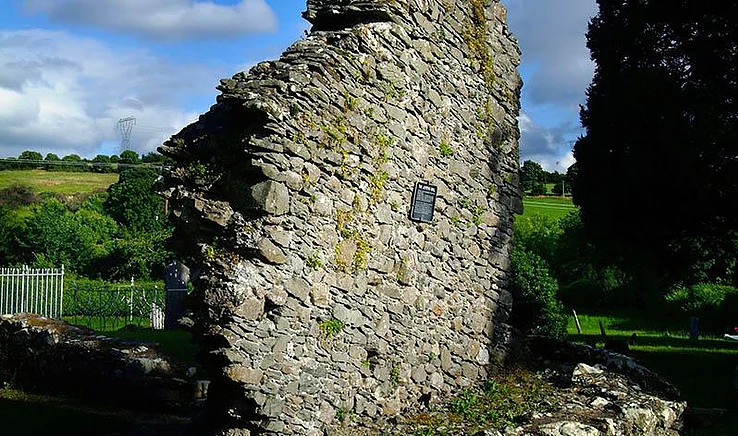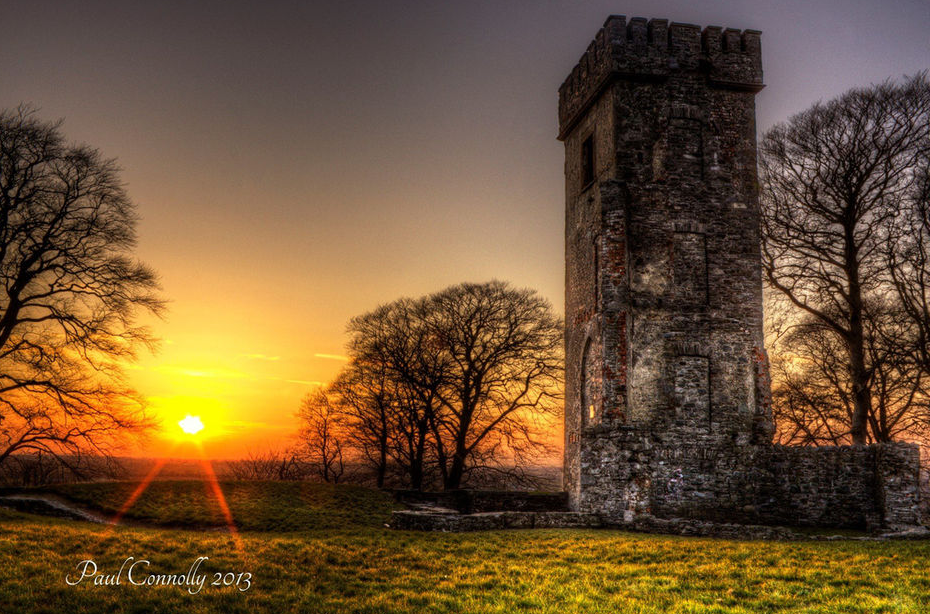
Historians reckon that the Black Pigs Dyke was a structure which was used to keep out Cattle raiders and other undesirables many thousands of years ago. All in all, you know if you’re entering a place that is renowned for Hostage takers and Black Pigs Dykes its a pretty sure bet that you’re entering into an area where traditionally strangers feared to tread. And some still do.
Only a short number of years ago if a man from a few miles outside the parish dared to venture into another parish or townland he would have been known as “a blow in”. He was a leper, wearing the mark of Cain. Passports would have been required. Passport control comprised of a thump on the jaw. If the stranger walked into a pub in the next village the music would fall silent and everyone would turn around with their jaws pinned to the floor with astonishment almost as if an alien from outer space had just entered the building and ordered a pint of the black stuff. But times have changed. Nowadays, Monaghan is a modern vibrant county where law-abiding people from all over the world are welcomed.
The Monaghan way
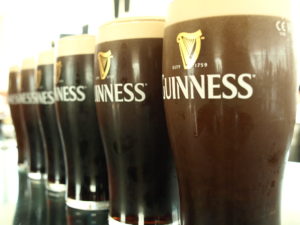
Them French and Spanish aristocrats can have their fancy vineyards and olive trees. Can you get a decent pint of Guinness on the Camino?Of course not. Anyways, vineyards, white white, red wine, pints of the black stuff, it doesn’t matter what beverage is on the table we’d drink the bastards under the table!
Imagine an elite squad of drinkers assembled from the cream of Ballybay, Castleblayney, Carrickmacross, Magheracloone, Inniskeen, etc. It would be like a whose who of the best in Ireland. An all-star champions league squad. We wouldn’t be going for national honours we’d be going for world titles. The big time. A one on one face off against the Russians with the final being held in the wilds of Siberia.
In the ultimate finale, The Monaghan boys would be led out to the theme song from from the hit 80’s TV Show the A-Team, “Ten years ago a crack commando unit was sent to prison by a military court for a round of drink they didnt pay for. These men promptly escaped from a maximum-security stockade and proceeded to drink every alcoholic beverage in sight. Today, still wanted by the government, they survive as drinkers of fortune. If you have a beer and no else can drink it….if you can find them….maybe you can hire…… the A Team.”
It would be an inevitable world title victory for the boys in blue and white. Champions. But there’s much much more to Monaghan besides our warrior-like drinking abilities.
Big figures

Wildes sisters are buried just outside Monaghan at Drumsnatt Church of Ireland. The inscription on the headstone reads, “In memory of two loving and loved sisters, Emily Wilde aged 24 and Mary Wilde, aged 22, who lost their lives by accident in this parish, Nov 10th 1871. They were lovely and pleasant in their lives and in death they were not divided.”
Off the beaten track
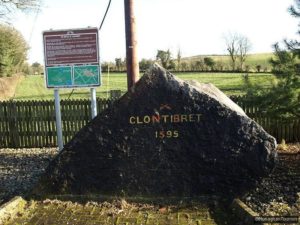
When one thinks of Clontibret the image that automatically floats into the mind is of a field abandoned amongst masses of other fields. A barren desert of nothingness except for cattle and farm animals wandering aimlessely about the place. A verifiable nuclear holocaust of dung, cattle, and dodgy diesel. But as is so often the case with Monaghan appearances can be very deceptive.
In 1595 Clontibret became the battleground between forces led by Hugh O Neill of Ulster and Sir Henry Baegnal. O Neill delivered a stunning victory by massacring over 700 of Baegnals most elite troops. In tribute to this victory the areas GAA team was named after O Neill and the team have continued their namesakes winning ways by amassing over 17 Monaghan senior titles.
A testament to the areas of grand ambitions is local man John O Neill who in 1866 and armed with only a motley crew of a few hundred soldiers invaded Canada and tried to take the country under the control of the Fenian Brotherhood.
Needless to say, O Neill’s crackpot scheme ended in complete disaster but the Clontibret man couldn’t be faulted for his aiming too low in life. In the late 1980s Clontibret was the scene of much controvesy when Peter Robinson and a gang of loyalists invaded the area in an attempt to highlight the lax Irish border with Northern Ireland.
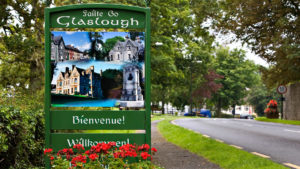
Monaghan is also home to a number of top-class golf courses, including Mannan Castle, Nuremore, Concra Wood, and Rossmore. So if you don’t buy into the Mark Twain saying that “Golf is a good walk spoiled” then the county could be the perfect place for you to swing your body into action.
Carrickmacross

Outside of Carrickmacross, you could always take a sneaky look at Shirley’s Castle. A spooky gothic looking castle that wouldn’t be amiss in Bram Stokers horror Dracula.
Nearby, in Shirley’s Forest, you have Kilrock which comes equipped with a stone seat that is locally known as Finn McCools seat. The giant stone seat is etched into a small cliff face and resembles the indentations where a giants ass may have sat at some stage. And if all of this touring sets your stomach rumbling the Farney County might just be the place for you to satisfy your appetite.
Food
But the Farney cuisine extends much further than Mushrooms with some top-notch food to be eaten the length and breadth of the county, The Court House in Carrickmacross is a Michelin winning restaurant. Ginos Chip Shop in Carrickmacross has caused many a man to suffer a premature cardiac arrest but the delicious fast food is usually worth any coronary blockage.
The Batch Loaf in Monaghan town has a reputation that precedes it. In the same town, The Indian Restaurant Monaghan Spice is listed as being one of the top 50 Indian Restaurants in Ireland.
Myths and fairies
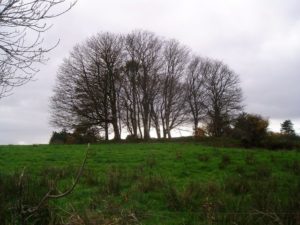
These Forts are spread throughout the entire county and are usually recognised by a round circle of trees located in the middle of a field.
According to Duchas the last sighting of a fairy in Monaghan was over 100 years ago. “The fairies once dwelt in a forth called Clontreat Forth, situated on the by-road leading from Clones to Newbliss. They used to go out into Ferguson’s fields to play in the late hours of the night. They played round a lone-bush. The man who was living in Ferguson’s house often heard them at play…John McGuirk saw a fairy in a hole in the ground on the 19th October, 1918 and that was the last fairy seen about the forth.”
If you’re visiting one of these fairy forts just be careful not to disturb it as the vengeful wrath of the fairies is legendary!
Overall

Our common ancestral heritage waged on the battlefields has been transported into sports . Now we wage war on the football field. The stroke of a foot and the kick of a ball over the bar are the way we inflict damage. No longer do we need Black Pig Dykes to keep raiders out all we now need is the timing of a shoulder as an opposition player crashes onto the muddy ground causing their supporters to groan in horror when they lose the ball.
The spoils of battle. A triumphant victory parade is held through the centre of the town or village as the cup is held aloft for all to see. Victorious warriors. “Did you see the point he put over the bar?” They whisper in awe. The troops have returned home from the trenches victorious. Champions. Kings of the Gaelic football field. The true essence of the Farney County.







